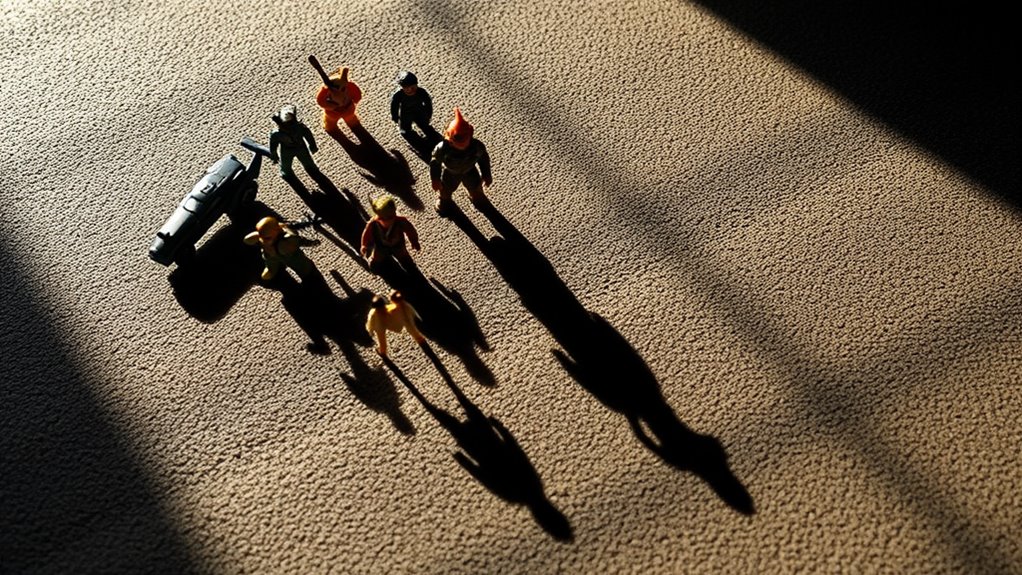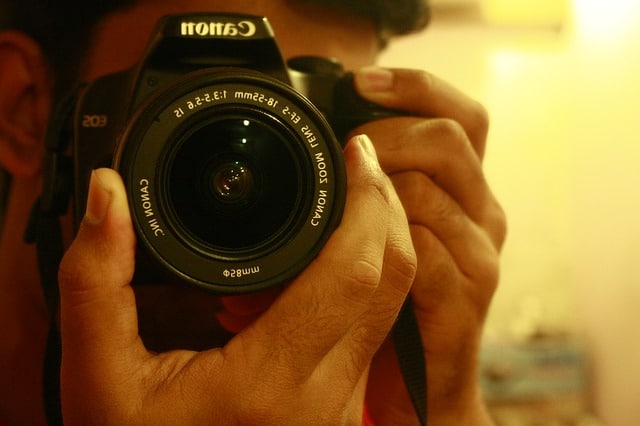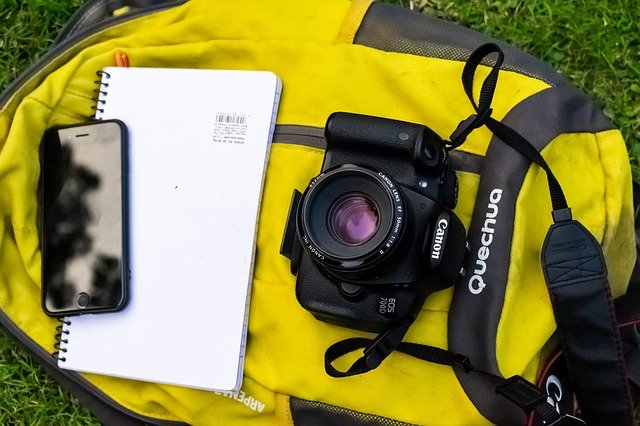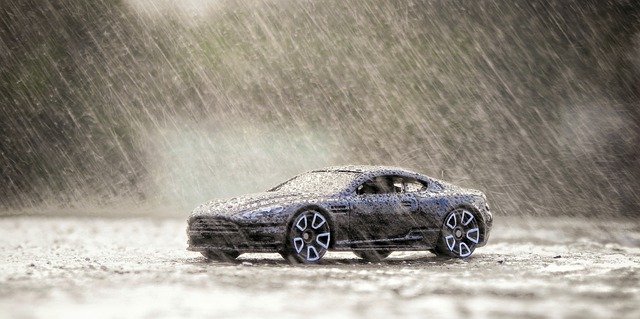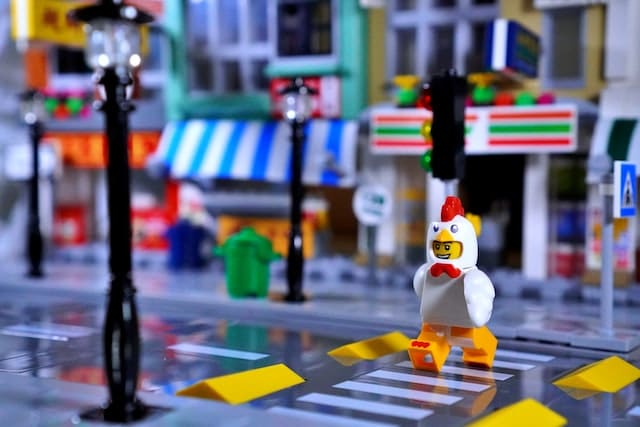Shadows are essential in toy photography because they add depth, dimension, and realism to your shots. By positioning the light source thoughtfully, you can create dramatic effects, emphasize textures, and guide the viewer's focus. Shadows help set the mood and atmosphere, making your toys come to life with enhanced authenticity. They frame subjects, highlight details, and direct attention to key elements. Discover more about how shadows can transform your toy scenes into enchanting stories.
Enhancing Depth and Dimension
When you're setting up your toy photography, focusing on shadows can markedly enhance depth and dimension in your images. Shadows create a sense of realism and add layers to the scene, making your photos more engaging and lifelike. By carefully positioning your light source, you can manipulate the size and direction of shadows, emphasizing certain elements and guiding the viewer's eye through the composition.
Experiment with different angles and distances to see how shadows interact with your toys and setting. Try positioning your light source higher for softer, elongated shadows or lower for intense, dramatic contrasts. Always consider the story you want to tell; shadows can highlight emotions and enhance the narrative. Remember, shadows aren't just absence of light—they're a powerful storytelling tool.
Creating Dramatic Effects
To create dramatic effects in your toy photography, embrace bold lighting and striking contrasts. Shadows are your allies in this endeavor, adding a sense of mystery and intrigue to your shots. By manipulating light and shadow, you can transform an ordinary scene into something extraordinary.
Here are some ways to use shadows for dramatic impact:
- Position your light source to cast long, dramatic shadows.
- Experiment with angles to create unique and unexpected shadow patterns.
- Use props to block light creatively, crafting dynamic silhouettes.
- Layer multiple shadows to add complexity and depth.
- Vary the intensity of shadows to highlight different elements in your scene.
Emphasizing Textures and Details
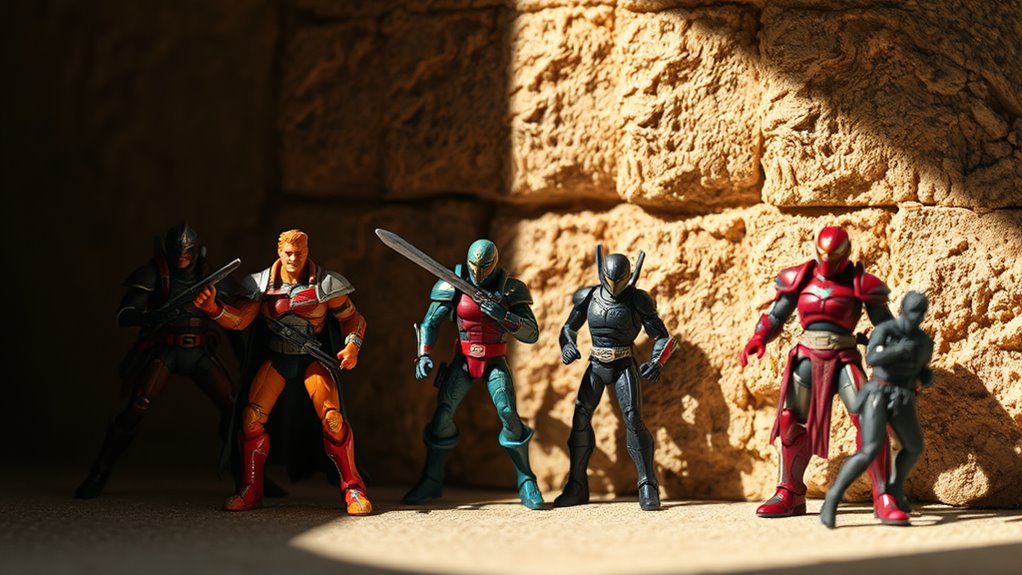
Building on the dramatic effects achieved with shadows, focus on emphasizing textures and details in your toy photography. Shadows can highlight the intricate features of your toys, making them appear more lifelike. Position your light source to cast shadows that reveal the contours and surfaces of your subjects. This technique brings out the depth in fabrics, the grooves in armor, or the scales on a dinosaur figure.
Guiding Viewer's Focus
When you're composing a toy photograph, shadows can naturally direct attention to where you want it most. They enhance the scene's dynamics by creating depth and can emphasize key features of your subject. By strategically placing shadows, you guide the viewer's eye and tell a more compelling story.
Directs Attention Naturally
Shadows in toy photography play an essential role in directing the viewer's attention, subtly guiding their focus to key elements within the scene. They naturally lead the eye towards the subject, creating a visual hierarchy that highlights the most important parts. When you want to draw attention to specific details, shadows can help you achieve this effortlessly. Consider how shadows can:
- Create contrast, making objects stand out.
- Emphasize texture and depth.
- Frame the subject, drawing focus inward.
- Add mystery, prompting curiosity.
- Guide the viewer's gaze along a path.
Enhances Scene Dynamics
While shadows naturally guide attention, they also infuse your toy photography with dynamic energy. By manipulating shadows, you can create a sense of movement and tension that brings your scene to life. Shadows can suggest action, making a static figure appear as if it's in motion or about to set out on an adventure. They add depth and contrast, drawing the viewer into a more immersive experience.
Consider how shadows interact with each toy's pose and placement. By casting a shadow that elongates or shifts, you can change the perceived mood or narrative of the photo. This technique allows you to craft a more compelling story, engaging your audience and inviting them to explore the intricacies of your miniature world with fresh perspective.
Emphasizes Key Features
By thoughtfully harnessing shadows, you can highlight the most important elements of your toy photography, guiding the viewer's focus precisely where you want it. Shadows can create a natural frame around your subject, drawing the eye to key features and details. They help in emphasizing textures, adding depth, and enhancing contrast without extra clutter. To make the most of shadows, consider the following:
- Position your light source strategically to cast intentional shadows.
- Experiment with angles to see how different shadows affect the scene.
- Use negative space created by shadows to simplify the composition.
- Highlight specific details by placing shadows around them.
- Create mood or drama with varying shadow intensities.
Setting the Mood and Atmosphere
How do you create a compelling scene in toy photography? Start by using shadows to set the mood and atmosphere. Shadows can evoke emotions, adding depth to your scene. You might want to create a sense of mystery or tension. Position your light source creatively to cast long, dramatic shadows, enveloping your toys in intrigue. For a cheerful vibe, softer shadows can suggest warmth and openness. Play around with different lighting angles and intensities to see how shadows transform the entire feel of your photograph. Shadows can also frame your subject, guiding the viewer's eye and emphasizing the story you're telling. By mastering shadow techniques, you'll craft scenes that resonate emotionally, drawing viewers deeper into the miniature worlds you create.
Adding Realism and Authenticity
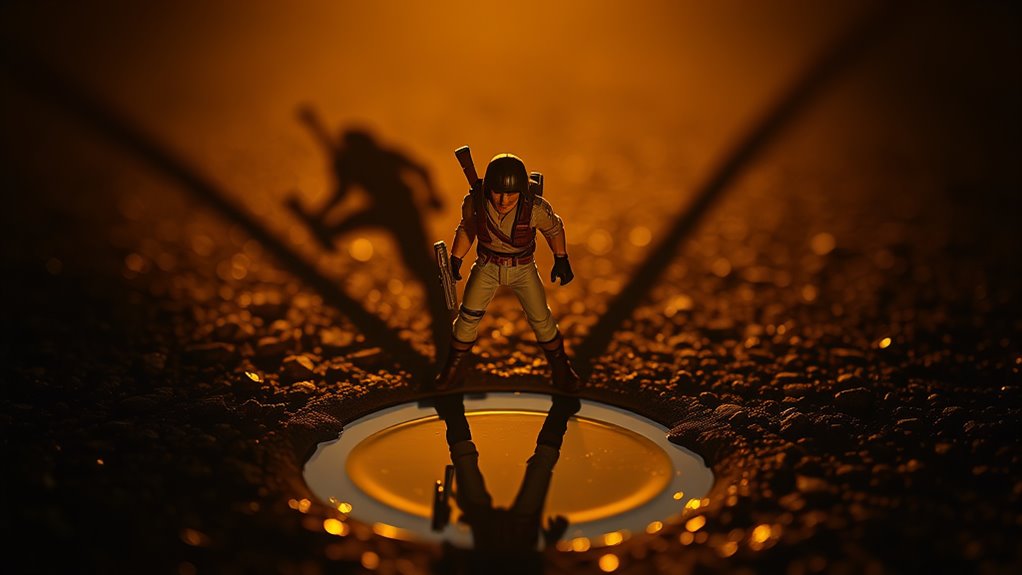
To make your toy photography more lifelike, focus on adding realism and authenticity to your scenes. Shadows play an essential role in achieving this. They help ground your toys, giving them a believable presence in their miniature world. By using shadows effectively, you can create an illusion of scale and depth that tricks the eye into seeing toys as real-life counterparts. Consider these tips:
- Light placement: Experiment with different light angles to cast realistic shadows.
- Background choice: Use textured or detailed backgrounds that complement shadows.
- Time of day: Mimic natural daylight or twilight for authentic shadow effects.
- Shadow length: Adjust for shorter or longer shadows to indicate time.
- Shadow interaction: Confirm shadows interact believably with other elements.
Apply these techniques, and you'll boost the realism in your toy scenes.
Frequently Asked Questions
How Can I Manipulate Shadows to Tell a Story in Toy Photography?
You can use shadows creatively by adjusting light angles and intensities. Highlight your toy's features or create dramatic silhouettes to convey emotion or action. Experiment with different light sources to craft an engaging narrative in your photos.
What Equipment Is Best for Capturing Shadows Effectively in Toy Photography?
You'll want a DSLR or mirrorless camera with manual settings. Use a tripod for stability and a light source you can manipulate, like a desk lamp or LED panel, to control shadows and enhance your shots.
How Do Natural Lighting Conditions Affect Shadow Formation in Toy Photography?
Natural lighting conditions directly influence shadow intensity and direction. You'll notice that soft, diffused light creates subtle shadows, while direct sunlight forms sharp, defined shadows. Adjust your toy's position to enhance or soften the shadow effect.
Can Shadows Be Used to Create a Sense of Motion in Toy Photography?
Absolutely, you can use shadows to create motion by playing with angles and light sources. By adjusting their length and direction, shadows suggest movement, giving your toy photos more dynamic and lifelike appearances.
How Do I Prevent Unwanted Shadows From Appearing in Toy Photography?
Oh, you're tired of your toys looking like they're plotting world domination with their ominous shadows? Just adjust your lighting angle, diffuse it with softboxes or white sheets, and position reflectors to keep those sneaky shadows at bay.
At a Glance
Ironically, in the playful world of toy photography, shadows—those dark, often overlooked companions—are your best allies. They enhance depth and dimension, create dramatic effects, and expertly emphasize textures and details. It's amusing how these elusive, intangible entities guide a viewer's focus and set the mood. By adding realism and authenticity, shadows transform simple toys into fascinating subjects. So next time, don't shy away from the dark; embrace it to illuminate your photographic prowess.

